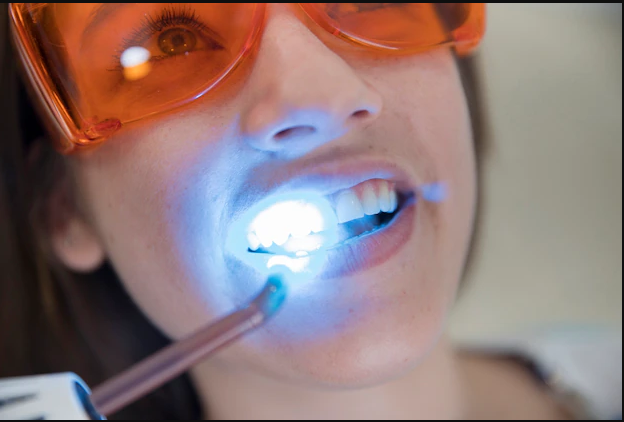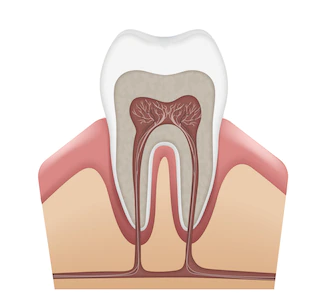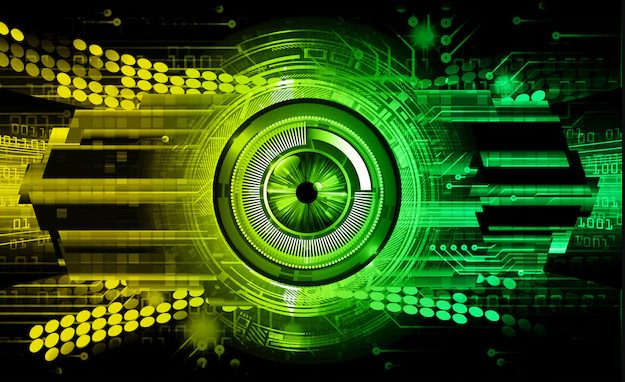You may know that dentistry is already a highly advanced, technologically advanced field. However, did you know that there are many new technologies being developed that have the potential to change the face of dentistry as we know it?
Here are eight technologies that will shape the future of dentistry:
1. Digital X-Ray Machines
Digital x-rays are replacing film x-rays because they offer many benefits. The first benefit is that the images produced are of much better quality, reducing the need for unnecessary retakes.
They also provide sharper images that display more detail than traditional dental x-rays. Digital x-rays are also easier to read for both patients and dentists, making communication about patient care easier.
Another benefit is that digital x-rays have led to a decrease in radiation dose by up to 75 percent compared with conventional radiography. Finally, because digital imaging can be stored on computer hard drives, physicians and dental clinics can get rid of their outdated equipment and reduce storage space requirements.
2. CAD/CAM Technology
This technology allows technicians to 3D print patient-specific molds of patients’ teeth so that dentists can create custom tooth crowns. These tooth crowns are not only non-toxic, but they also fit more accurately than traditional dental restorations.
This is an amazing innovation in the dental industry because it allows patients to get tooth crowns that actually fit and look more natural.
3. Laser Dentistry

Image by Freepik.com
Lasers are becoming a very popular tool in dentistry, and not just for treating gum disease or performing surgeries. They can also be used as a caries diagnosis tool, and dental professionals can use them to detect early-stage tooth decay.
Lasers are also being used in dental offices as a pain reducer, and it is becoming known that dental procedures can be much more comfortable for patients when lasers are used because they help reduce the sensation of pain during dental procedures. Lasers are also useful for gum surgery.
4. Telehealth and Televised Patient Care
One of the greatest benefits of telehealth is that dental professionals can diagnose and treat their patients remotely, which saves patients travel time and money.
It also helps dental professionals diagnose dental issues that may be hard to see in a dental office, such as oral cancer or early tooth decay. Another way that telehealth is changing dental care is by allowing dental professionals to consult with dental specialists remotely, who can help provide treatment plans to dental professionals.
5. Virtual Reality
Virtual reality is changing the way that dental professionals create and design their office and equipment layouts.
They can use this technology to see what their office would look like before they actually built it, which reduces wasted expenses from construction mistakes or incorrect equipment placement choices. This technology also allows patients to experience more comfortable patient care because they can simulate dental procedures before experiencing them in person.
6. Dental Implants Made from Titanium and Other Materials
Titanium has been used in dentistry for a long time, but there are many new advancements being made using this metal because it is strong and durable, which helps ensure the permanence of dental implants. They also have a very natural appearance, allowing them to blend in with the surrounding teeth.
The titanium also has the benefit of being bio-compatible, which means that it is not rejected by the body and causes less inflammation than other implants. Because titanium does not cause inflammation or rejection by the body, patients are able to enjoy better oral health for their whole lives.
7. Nanocellulose (Wood Fiber) Dentistry
This innovative technology is still in its developmental stages, but it has the potential to revolutionize tooth restoration procedures because it would allow dental professionals to create artificial teeth that actually look and feel like real teeth.
This material could also potentially be used for laminates over root canals, and it is even being considered as a replacement for amalgam fillings.
8. Enamel Regeneration

Image by Freepik.com
Enamel is the hard exterior coating of a tooth that helps protect it from damage, but this coating can be worn down by common dental procedures such as brushing or flossing.
One way that dental professionals are combating this wearing down of enamel is through enamel regeneration treatments, and these treatments actually involve growing new enamel.
Dentistry is changing with the times and evolving with new technologies. Some of these technologies are already in use, while others are still in the developmental stages. But all of them have the potential to change the face of dentistry as we know it. Here are eight technologies that will shape the future of dentistry!

Be the first to comment on "8 Technologies That Will Shape The Future Of Dentistry"